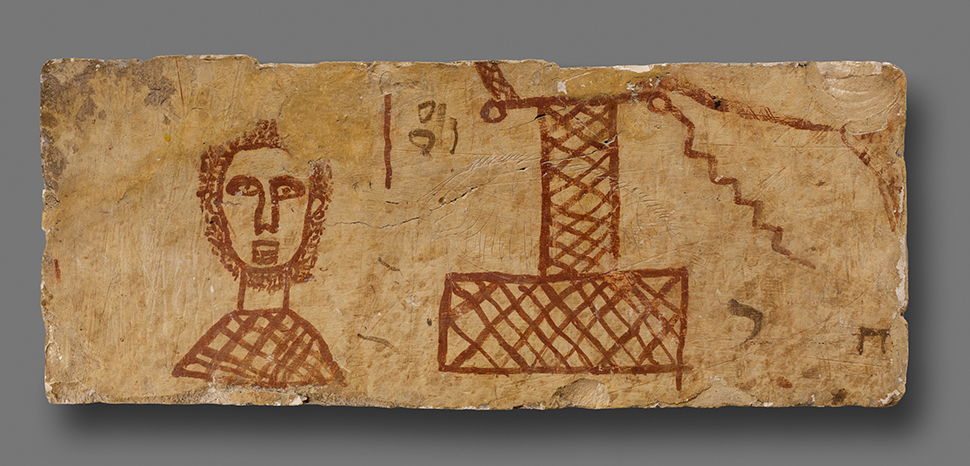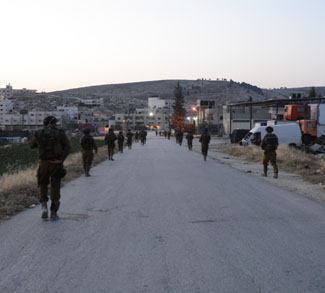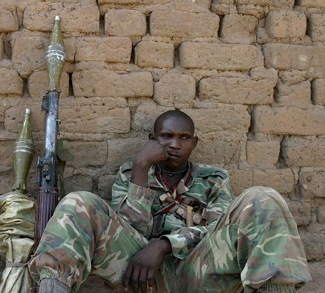In 2015, 21 Coptic men walked the shores of Libya in bright orange jumpsuits towards their deaths at the hands of Islamic State, as the world observed it on mobile devices. However, while people worldwide watched with mouths agape, the greater Coptic community was not left dumbfounded nor surprised by the targeted attack. While the community was shaken by the death of the 21 martyrs, the event was certainly not unprecedented, neither in its intentions nor its effects.
“Copts” are a part of an ethno-religious minority located in modern day Egypt. Although they are a minority in a primarily Muslim country, Copts make up almost 10% of Egypt’s population. With over eight million Coptic people within the country, and their diasporic counterparts living predominantly in the United States, Canada, and Australia, there is approximately a total of 18 million Coptic people around the globe. Although there are millions of Copts, many only know the Coptic Orthodox church in the context of devastating news headlines describing church bombings, kidnappings, and executions within Egypt.
Christian persecution first became apparent in AD 249, when Roman Emperor Decius issued an edict to re-establish the state religion, requiring inhabitants to worship the gods of their Roman conquerors. With this edict, and blatant refusal to comply, persecution took place on an imperial scale, culminating in about 800,000 men, women, and children being martyred in Egypt under Roman Emperor Diocletian. As the river Nile ran red with the blood of the martyrs, it became apparent that these events in Egypt would be characterized as a monumental period of Christian persecution. For this reason, the Coptic Church’s calendar starts from AD 284, the year of Diocletian’s accession to the throne, and is referred to as “Anno Martyrii” meaning “Era of the Martyrs.” While Decius’ edict was initially put in place as a means to ensure that everyone in his empire could participate in full traditional sacrifices, some historians agree that Emperor Diocletian’s primary intention was to ‘wipe out’ Christianity. Although Diocletians’ efforts seemed successful in the moment, the Diocletianic persecution failed to accomplish its goals in the long term, as the Roman Empire did not have the ability to overthrow an “organization” that had a sizable population inhabiting most of the provinces bordering the Mediterranean. Additionally, many Christian leaders were exiled, while other Christians were able to flee to safety, unintentionally spreading the Christian belief to other places of the world. Simply put, Diocletian’s horrendous laws and edicts were not powerful enough to hurt the Church which had already been on a rapid rise. On the contrary, Diocletian’s rule resulted in thousands of new martyr stories to be passed and honored from generation to generation. Moreover, Emperor Constantine’s gain of control of Egypt and his establishment of Christianity as the official religion in the empire in AD 313 allowed the once suffering Church to flourish under the Byzantine Empire, overturning Diocletian’s initiatives completely.
Later, in AD 639, the Islamic era began as Muslim conquerors took hold of Egypt. Under the Muslims, Copts were allowed to practice Christianity freely, provided they paid their special tax called “gizya.” Individuals who could not afford to pay, however, were faced with the choice of conversion or death. Under Muslim rule, religious discrimination against Copts was evident through every aspect of life. On top of the financial restraint of the jizya, Copts lacked political representation and were at the mercy of Islamic leaders, who enforced laws restricting the building and repair of churches, public conduct, inheritance, dress code, and public religious activities. Lastly, normal social dynamics took its last breath as Coptic Christians would almost never intermix with their Muslim counterparts as a result of the economic and political discrimination. Social division between Christians and Muslims within Egypt became the new normal, leaving a long-lasting and dangerous legacy of “us vs them.” When questioning the intention behind the restrictions implemented under Islamic rule, it is apparent that many of the laws were created in order to foster the Islamization and Arabization of Egypt. In the immediate aftermath, Copts faced defeat as churches were destroyed, and many were forced to convert to Islam. Although Egypt is home to a Muslim majority, and is recognized worldwide as an Islamic nation, Coptic Christianity remains undaunted with millions of Copts claiming Egypt as their home. The reasoning behind the failure of the complete Islamization of Egypt can be attributed to the jizya tax, in which Copts were permitted to practice the faith within reason as long as the jizya was paid. This is a stark difference compared to the Roman approach under Diocletian in which the option was to flee, worship the pagan god, or be killed. The approach of the Muslim conquerors, while extremely discriminatory, made it so that Christianity within Egypt would not die out completely.
In the modern era, religious tension within Egypt has not changed drastically over the years. Policies are still put in place to prevent churches from being repaired. Coptic youth are experiencing economic disadvantage from a lack of job opportunities. Religious status is made clear on every Egyptian citizen’s ID, from age sixteen, making no space for normal social dynamics. Furthermore, Egyptians are forbidden from changing their religious identity from Islam to Christianity. In one instance, Golsen Sobhi Kamil was born Christian, but at age sixteen she converted to Islam in order to marry a Muslim man. After divorcing her husband, she obtained permission to re-convert to the Coptic faith; however the Police Intelligence Unit of the CSD questioned her, saying “if you had bad luck with your first husband, you should have found another Muslim man” and “I can find you a good Muslim man.” This is one instance among 211 lawsuits filed by Egyptians who converted from Islam, back to Christianity, and are having difficulty changing the status of their identification card. In fact, religious discrimination and persecution had been so severe that there was a mass movement of Coptic migration, resulting in a growing diaspora of Copts, heightening in the 1970s. Immigrants such as these left their homeland, and were forced to become accustomed to watching their television screens as their cousins and neighbors back home became victims of organized violence.
The views expressed in this article belong to the authors alone and do not necessarily reflect those of Geopoliticalmonitor.com.




